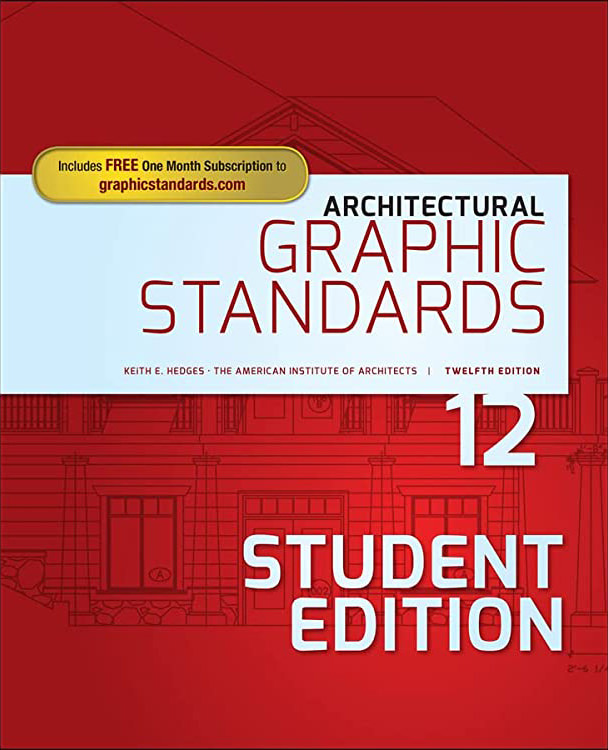LANDSCAPING: PRINCIPLES & PRACTICES, 7th Edition, provides the basic knowledge and industry information needed to be successful in the field of landscape design.
Landscaping Principles and Practices 7th Edition
5,00 $
Landscaping Principles and Practices 7th Edition
LANDSCAPING: PRINCIPLES & PRACTICES, 7th Edition, provides the basic knowledge and industry information needed to be successful in the field of landscape design and architecture. Focusing on three areas of professional practice; design, contracting, and management, traditional topics such as design, plant installation, and pricing, as well as topics not found in most other resources, such as interior landscaping, xeriscaping, water gardens, and safety are discussed. Extensive color illustrations and photos aid in comprehension of design concepts.
Table of contents
SECTION 1: LANDSCAPE DESIGNING. 1: Using Drawing Instruments. The Purpose of the Drawing Tools. The Tools and How They Work. Getting Started. 2: Lettering. The Importance of Lettering. Methods of Lettering. 3: Graphic Materials and Techniques. Same Design, Different Views. Landscape Symbols. Explaining an Idea With Symbols. Labeling. Design Sheet Layout. Different Drawings for Different Requirements. Graphic Media. The Layout of Graphic Presentations. 4: The Site. Site Features and Characteristics. Sources of Site Information. Reading the Terrain. Grading the Land. Preparing a Base Map. 5: The Landscape Process. Landscaping as a Process. Interviewing the Client. Diagrams and Drawings Within the Design Process. 6: The Outdoor Room Concept. Outdoor Use Areas. The Outdoor Room Concept. 7: Plant Selection. The Origins of Landscape Plants. Plant Forms Available. Plant Nomenclature. Selecting the Proper Plant. Computer-Aided Plant Selection. 8: The Principles of Design. The Foundation for Designing. Applying the Principles of Design to Landscape Designing. Material Characteristics Supportive of the Design Principles. 9: Flowers. The Uses and Limitations of Flowers in the Landscape. Different Flowers Have Different Life Spans. Flower Beds and Flower Borders. Designing Flower Plantings. 10: Xeriscaping. Xeriscape: Water-wise Landscaping. The Benefits of Xeriscaping. The Seven Principles of Xeriscaping. Applying Xeriscape Principles to Designing. 11: Hardscape. Hardscape: An Umbrella Term. Selection Criteria. Changing Levels in the Landscape. Walks, Drives, and Stepping Stones. Water Features. Constructing a Recirculating Water Feature. Outdoor Lighting. 12: Enrichment. Landscape Enrichment Is Something Extra. Tangible and Intangible/Natural and Fabricated. Is the Enrichment Item Necessary?. 13: Landscaping in the Age of Technology. Technology is Dynamic. The Necessary and the Novel. Sources of New Technology. The Forms and the Types of Technology in Landscaping. The Future. 14: Pricing the Proposed Design. Cost and Price. Estimates and Bids. Specifications. Preparing the Estimate. 15: Presenting a Proposal.
SECTON 2: LANDSCAPE CONTRACTING. 16: Landscape Calculations. The Landscape Take-Off. The Necessary Calculations. Sources of the Data. Standardized Technique Is Important. Typical Sequence of Calculations for Take-Offs. Typical Calculations Required for Take-Offs. Pit and Ball Calculations. 17: Understanding Contracts and Contractors. The Importance of Contracts. The Components of a Contract. Types of Contractual Associations. How Landscape Contractors Are Selected. The Advantages and Disadvantages. 18: Contract Documents. The Need for Documents. The Documents. The Complete Contract. 19: Specifications. Project Manuals. Masterformat. Standard and Customized Specifications. Uniformity in Preparation of Project Manuals. The Writers. Methods of Specifying. Sources of Specification Data. Closed and Open Specifications. When Changes Are Needed 20: Human Resources: The Needs and Opportunities. Staffing: The Industry’s Number One Problem. The Career Opportunities. Qualities Needed for Career Success. Successful Match-Up: Creating a Win-Win Relationship. 21: Installing Landscape Plants. The Importance of Proper Installation. The Necessary Tools. The Soil for Installation. Root Forms of Landscape Plants. The Time to Transplant. Methods of Installation. Mulching. Using Antitranspirants. Problems of Arid Regions. Planting in the Southeast. 22: Selecting the Proper Grass. Comparison of Turfgrasses. Purchasing Grass Seed. Mixtures, Blends, and Single-Species Lawns. 23: Lawn Construction. Selecting the Method of Lawn Installation. Proper Lawn Construction. Calibrating a Spreader. 24: Landscape Irrigation. Types of Landscape Irrigation Systems. The Terminology of Landscape Irrigation. Sprinkler Irrigation. Sizing Irrigation Pipe. Matching Water Flow and Pressure With Pipe Size. Calculating Working Water Pressure. Selecting and Locating Sprinklers. Trickle Irrigation. The Future. 25: Interior Plantscaping. Containerizing Plants, Past and Present. The Materials. Uniqueness of Interior Plantscapes. Light and Interior Plantings. The Growing Medium. Watering and Drainage. Other Concerns. The Interdisciplinary Team. The Future. 26: Water Gardens.
SECTION 3: LANDSCAPE MAINTENANCE. 27: Maintaining Landscape Plants. Sustained Care of Plantings. Pest Control. Pruning Trees and Shrubs. Flower Plantings. 28: Plant Injuries: Identification and Care. Plant Injuries and Their Causes. How Insects and Diseases Are Spread. The Symptoms of Injury. Determining the Cause. Weeds. The Principles of Control. Pesticides. Pesticide Formulations. Integrated Pest Management. 29: Care of the Lawn. Spring Lawn Care. Lawn Fertilization. Watering the Lawn. Mowing the Lawn. Damage to Lawns. 30: Winterization of the Landscape. Types of Winter Injury. Reducing Winter Injury. 31: Pricing Landscape Maintenance. The Need for Cost Analysis in Landscape Maintenance. Features of the Maintenance Cost Analysis. Calculations for Cost Analysis. The Completed Cost Estimate. 32: Safety in the Landscape Industry. It’s a Risky Business. Safety Regulations Established by Government. The Occupational Safety and Health Administration (OSHA). Safety Awareness Is Promoted by the Landscape Industry. Safe Practice at the Worksite. The Final Word: Customer Service. Appendix A: Examples of Landscape Designs. Appendix B: Tools of the Trade. Appendix C: Examples of insect and disease injuries. Appendix D: From Drawings to Reality. Appendix E : Professional and Trade Organizations. Agronomy, Soil. Botany. Bulbs. Business Management. Fertilizers, Chemicals. Flowers, Plants. Government Agencies. Horticulture. Landscaping. Nurseries. Outdoor Living. Pest Control. Power Equipment, Parts. Seeds. Soil Conditioners. Trees. Turf. Wildflowers. Glossary. Index.





